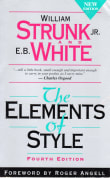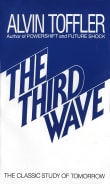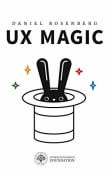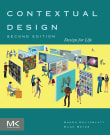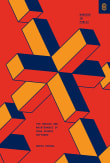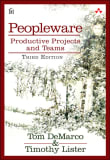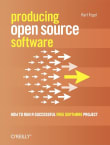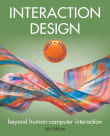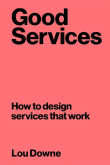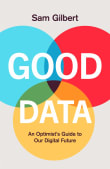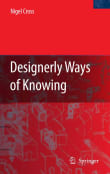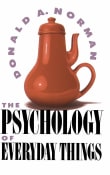The Design of Everyday Things
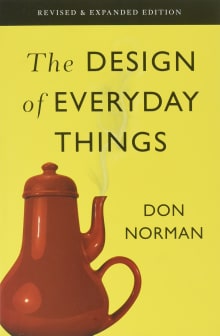
Book description
Even the smartest among us can feel inept as we fail to figure out which light switch or oven burner to turn on, or whether to push, pull, or slide a door. The fault, argues this ingenious,even liberating,book, lies not in ourselves, but in product design that ignores the needs…
Why read it?
4 authors picked The Design of Everyday Things as one of their favorite books. Why do they recommend it?

This essential book by Don Norman does not need any more plugging, but it would be impossible to leave it out.
The book forms a brilliant introduction to User Experience Design by explaining how the design of everyday objects relies on an intuitive understanding of how they work. Once we translate this thinking from the physical to the digital world, we are halfway there as UX/UI designers.
From Jamie's list on aspiring UX/UI designers in the digital age.

I was introduced to this book in a Human-Computer Interaction course at university but most of it barely mentions computers at all. It radically changed the way I thought about design of all everything, including all the software I have written since, to aim to be as intuitive and natural as possible.
Tip: read this on paper or on an iPad rather than an iPhone or Kindle as the pictures as essential.
From Mike's list on becoming a great open source software engineer.

When people hoping to become UI/UX designers ask me what book they should read first, I recommend Don Norman’s Design of Everyday Things.
It is a classic in the UI/UX field, even though it is mostly about designing non-digital artifacts. Although it was written in the 1980s and last updated in 2002, it is still required reading in many college design courses.
That is because it provides a foundation for understanding everything else in the UI/UX field, and most of the analysis and advice in it is timeless. It is also fun to read.
From Jeff's list on making digital technology usable and useful.

I’m into timeless, universal truths, and this book opened my eyes to the fundamentals of user interfaces all around me. Finally, I understood why the faucets at my in-law's guest bathroom seemed to work backwards, and why no one could open the huge glass doors at that Santa Clara hotel on the first try. I love that easy-to-use interfaces are based on a few common principles that are easy to learn and remember. A warning, though, you will evaluate and judge every bad user interface you come across for the rest of your life. And, I expect, you will not…
From David's list on to give engineers new perspectives.
Want books like The Design of Everyday Things?
Our community of 12,000+ authors has personally recommended 53 books like The Design of Everyday Things.

